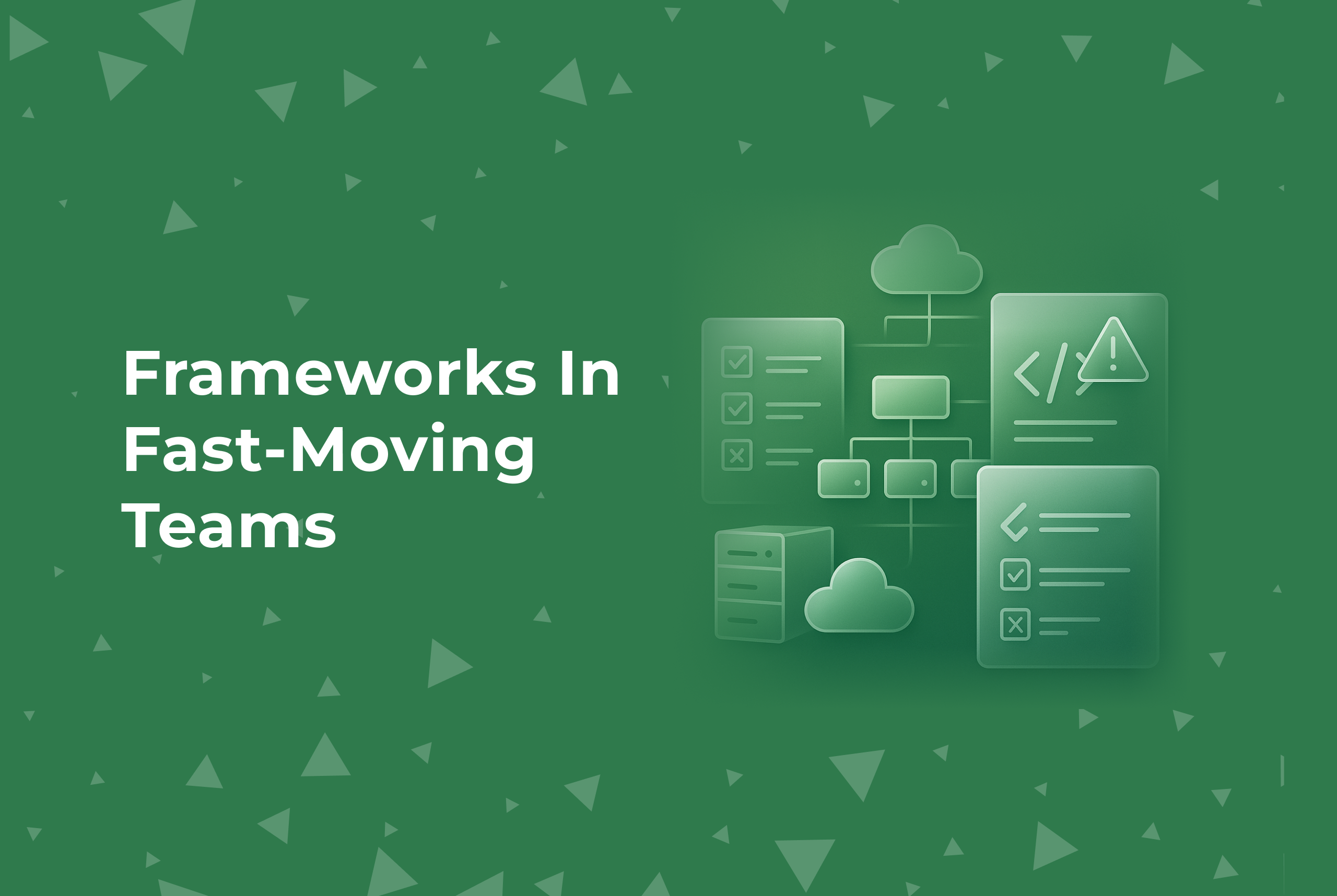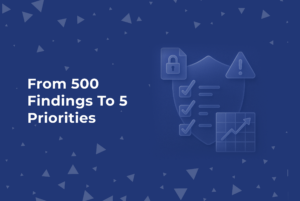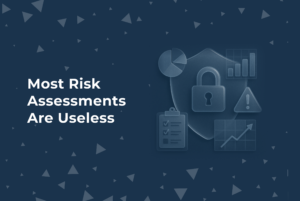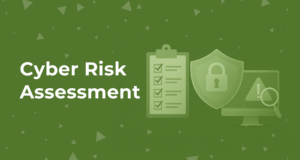Tailored or Toasted: Why One-Size Risk Frameworks Break in Fast-Moving Teams
Most teams move fast. But the frameworks we use to assess risk? They’re stuck in a different era.
You might be shipping a product every day, maybe even multiple times a day. Your infrastructure is dynamic. APIs spin up and down, workloads shift, and deployments happen with a single merge.
And yet—your security framework assumes static infrastructure, quarterly reviews, and well-defined perimeters. That mismatch? It adds friction. And worse, it blinds you to actual risk.
Frameworks Were Built for Stability. But We Optimized for Change.
It’s not that the frameworks are bad. NIST, ISO 27001, CIS—they all have value. But they were designed for environments where change was predictable and infrequent.
If your team runs in the cloud, automates everything, and pushes to production with high frequency, then risk doesn’t follow the old patterns.
In a fast-moving system, latency isn’t just in the product—it’s in the model you use to think about it. And when your model lags behind how your system behaves, that’s when you miss things.
What’s Changing Isn’t Just the Stack. It’s the Attack Surface.
Here’s a simple example: in a traditional setup, you might focus on network segmentation and endpoint hardening. But in a modern architecture?
- You’ve got microservices that talk to each other through APIs.
- CI/CD pipelines with sensitive credentials.
- Identity and access managed across multiple cloud providers.
That’s not a fringe case anymore—that’s normal. And it’s why generic checklists often miss the real problems. They’re scoped for infrastructure that barely exists anymore.
Tailoring Isn’t Extra Work. It’s Better Thinking.
The goal isn’t to reject structure. It’s to apply it with precision.
You can still use ISO or NIST—but ask yourself:
- Do these categories map to how our systems work?
- Are we modeling access paths correctly?
- Do we understand our own blast radius?
Tailoring your framework just means adjusting it to your architecture, your velocity, your tolerance for risk.
It’s not complicated. It’s just practical.
A Risk Model Should Be a Living Representation
In my view, a risk model is like a system diagram. It should reflect how things actually behave. Not how you drew it six months ago. Not how someone outside the team imagines it. But how it operates now, under load, in real time.
When the model is close to the system, your decisions improve. You spend less time chasing theoretical risks. You focus on what’s real. And you catch issues earlier—when they’re still cheap to fix.
One Simple Question
Does your current risk model reflect how your system actually works?
That question alone is often enough to kick off a productive conversation. Because if the answer is no, it’s probably time to stop borrowing someone else’s framework—and start building one that fits.
That’s how we approach things at RemoteMore. We help teams tailor their security approach to the way they already build. Because a good model should make it easier to move fast, not harder.
And if your current one’s slowing you down, maybe it’s time to update it.






